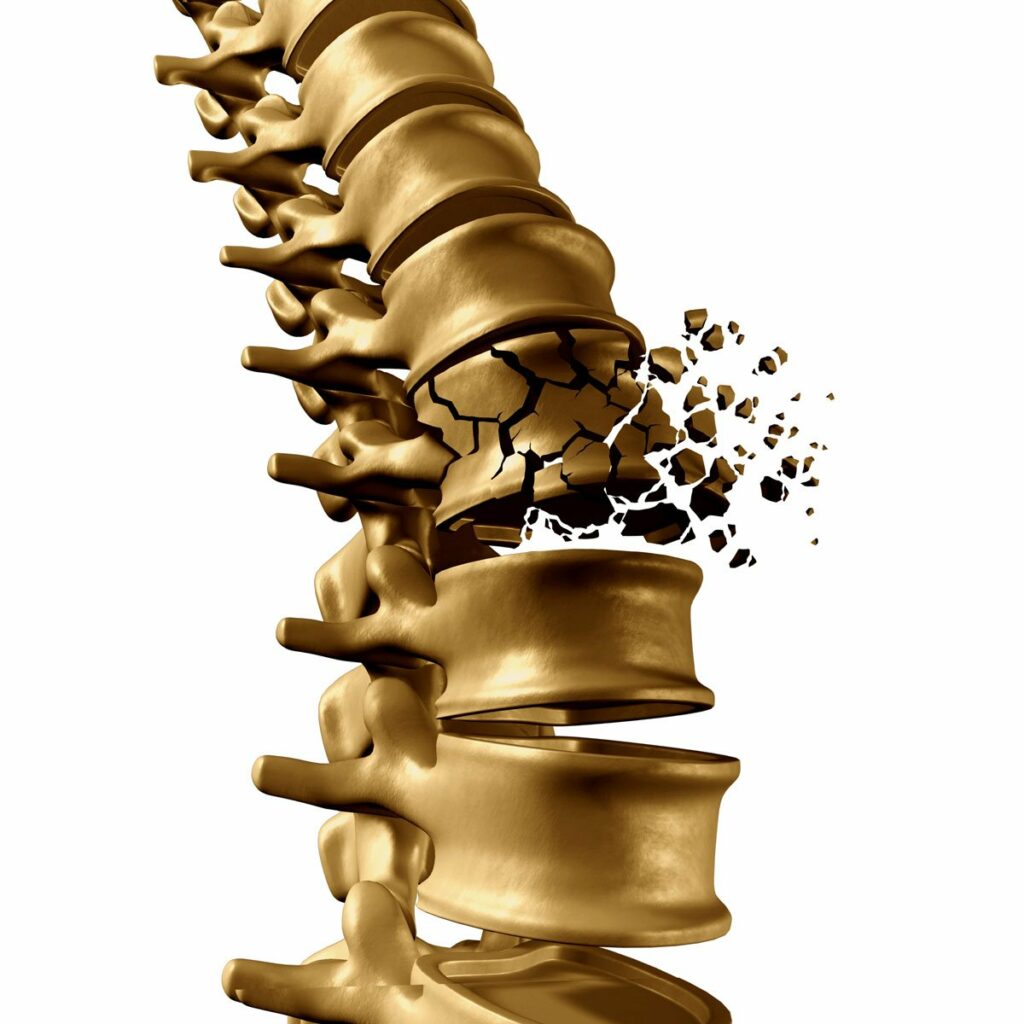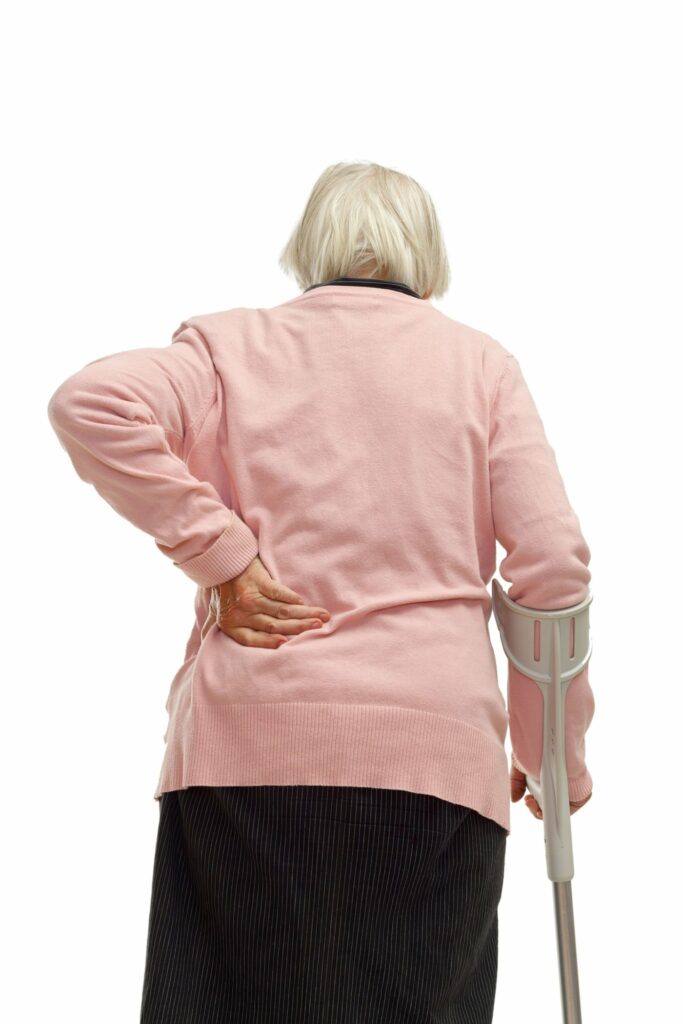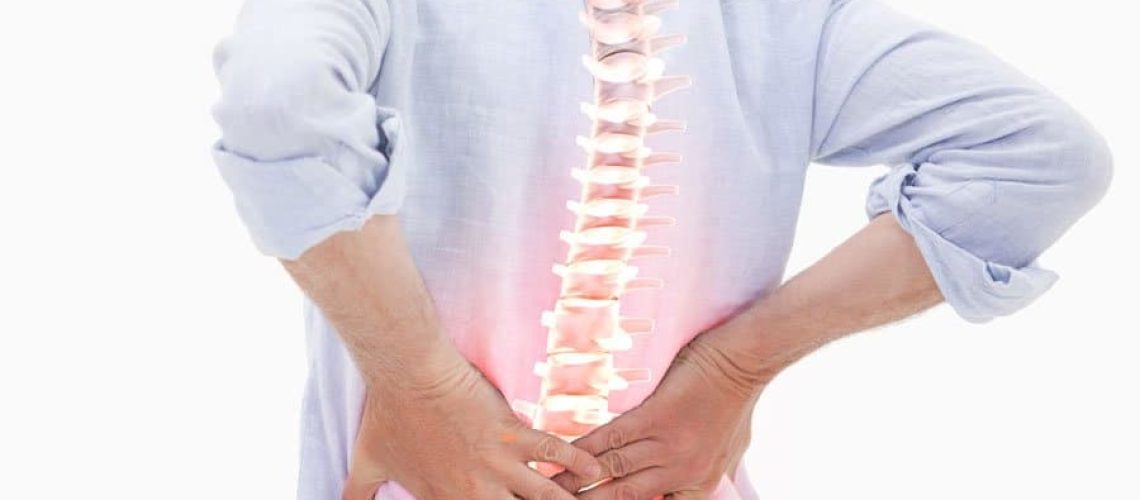Many people think back pain is just a natural part of aging. Well, this is true. However, there are times when back pain is a sign of something a bit more serious than just “feeling worn out”.

When people begin nearing the age of 60, chronic back pain can be a sign that small cracks are forming in the vertebrae, the bones that comprise your spine. These are usually hairline fractures that can add up to a big problem. Eventually they can cause the collapse of a vertebra – this is a spinal compression fracture. This condition is one of the more common spine problems in older people, along with herniated discs and degenerative disc disease.
Bones that have become too brittle are unable to withstand daily activities – even bending over to lift up an object can be too much. Problems often arise when one misses a step, slips on the floor, or falls into a door. If the bones have weakened enough, a compression fracture can occur as a result of even slight force. Some experience a compression fracture with no idea as to what caused it. Of course, these kinds of fractures can also occur in young people with healthy bones if they’re subject to strong forces resulting from a fall or car crash.

People with osteoporosis are more at risk for developing a compression fracture, as this condition makes the bones weaker. In fact, compression fractures of the spine occur most often in people with osteoporosis. With severe osteoporosis, a compression fracture of the spine can result from simply coughing or sneezing. Cancer, if it has spread to the spine, can also increase one’s risk.
As a series of small compression fractures add up, the effects manifest physically in a change of the shape and integrity of the spine, and people lose height as a result.
Compression fractures usually happen in the front of the vertebra. Enough of them result in the collapse of the front part of the bone, the reason being that the back of the vertebra is much harder and denser. The result is a vertebra that’s wedge-shaped, causing a stooped posture.
Symptoms
- While many people may experience no symptoms at all, others may feel sudden sharp pain that starts off mild but gradually increases, especially with movement.
- Often there is difficulty reaching, bending, lifting, walking, or climbing stairs.
- When compression fractures happen in people without osteoporosis, the pain is usually sudden and jarring. These people often experience muscle spasms as well.
Those Most At Risk For Compression Fractures Of The Spine
Women are the demographic most at risk for this condition, including:
- Women over 50 are at high risk, and this risk tends to go up as they age.
- Thin women.
- Women in early menopause.
- Smokers (smoking causes a loss in bone thickness)
If you are experiencing compression fractures of the spine, don’t worry. There are treatment options available.






